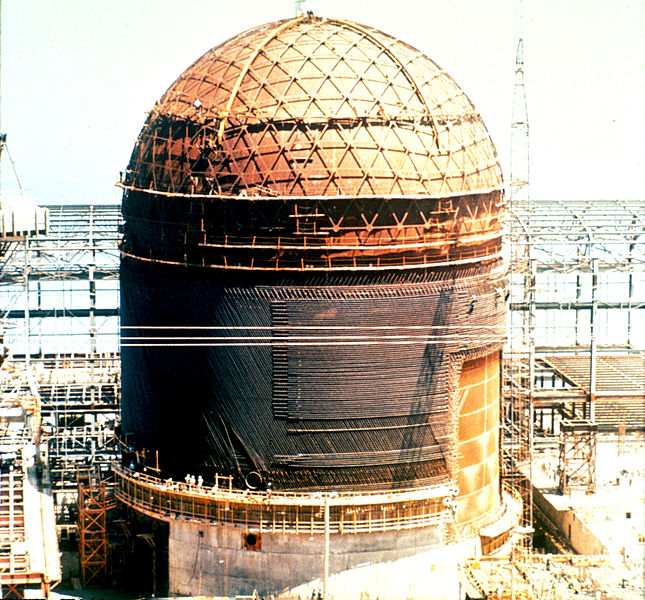Nuclear reactors for power generation have a lifespan. Older reactors were licensed for about thirty years of operation. New reactors may be licensed for up to sixty years. Recently, extensions have been sought for reactors reaching the end of their licensed lifespan. When a power plant reactor reaches the end of its licensed period, original or extended, it has to be shut down, dismantled, and decontaminated. This process is called ‘decommissioning.’
Decommissioning is a very complex task. When a nuclear power plant has been successfully decommissioned, the plant has been totally dismantled, any radioactive materials have been cleaned up and there is no longer a risk of exposure to radioactivity. At this point, the site of the plant is no longer under regulatory control and the organization that licensed the plant is no longer responsible for the safety of the site.
The International Atomic Energy Agency has defined three different ways in which a nuclear power plant may be decommissioned. In all cases, a license must be sought that includes an assessment of possible environmental damage that may be caused by the decommissioning.
The first option is called ‘immediate dismantling’ or ‘early site release/decon’ in the United States. This process starts within months or a few years of end of operation of the nuclear power plant and is accomplished within a few years. When the facility has been decommissioned, regulation ends and the site is available for other uses.
The second option is called ‘safe enclosure’ or ‘safestore.’ This process starts with the shutdown of the plant and preparation of the site for storage. The regulatory controls are not removed for around fifty years until the reactor is dismantled and the site decontaminated.
The third option is called ‘entombment.’ This process prepared the reactor and site to retain some of the radioactive materials and contamination indefinitely. The radioactive material is compacted into as small an area as possible and the building a concrete shell around that area that will permanently prevent the release of radioactivity.
A number of reactors have been decommissioned in the United States, Canada, the United Kingdom, Europe, Asia and Russia. Decommissioning is very expensive. There are companies that specialize in decommissioning and they are making a very tidy profit. It is also a long drawn out process accomplished in stages that may last for up to fifty years. A low estimate for decommissioning a nuclear power plant is in the range of two hundred million dollars with a high estimate of up to a billion dollars. Individual plant decommissioning projects have experienced huge cost overruns and incompetent oversight and execution.
There are decommissioning funds that are supposed to be maintained for the decommissioning of particular plants. The problem with these funds is that they may be insufficient for the projected cost or may be being spent on other projects. The U.S. NRC have demanded that eighteen nuclear power plants deal with problems in their decommissioning fund. A potential major problem with the decommission of nuclear power plants is what would happen if a company that owns an operating goes bankrupt and disappears and there is no decommissioning fund available. In this case, the citizens of the country where the plant is located would be on the hook for decommissioning costs. With some countries in the world on the verge of bankruptcy themselves, there is a very real possibility of a orphan nuclear power plant that would not be decommissioned properly and could pose a public health danger for centuries.
Decommissioning:
